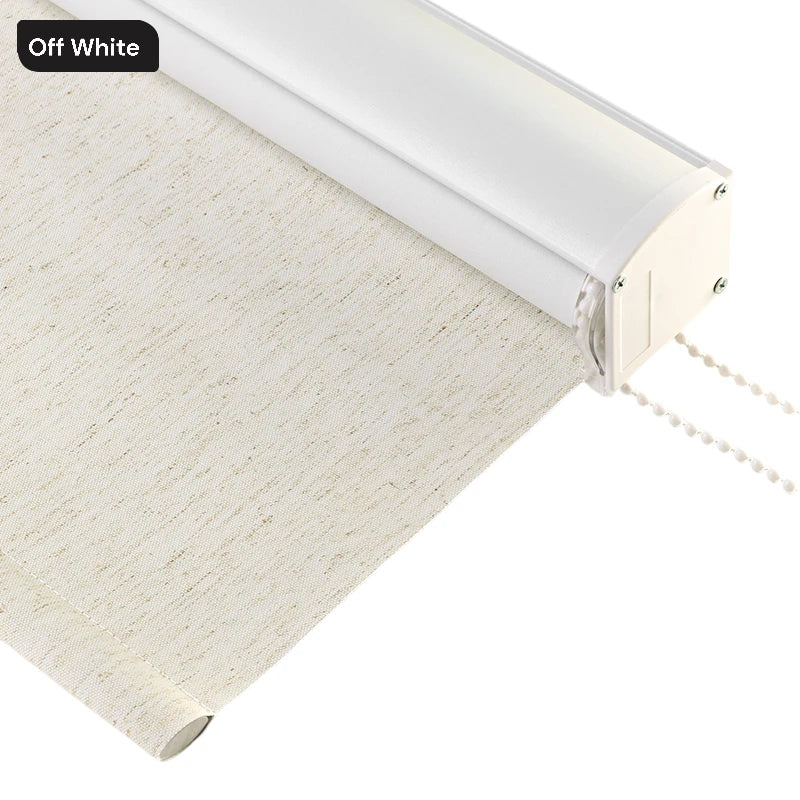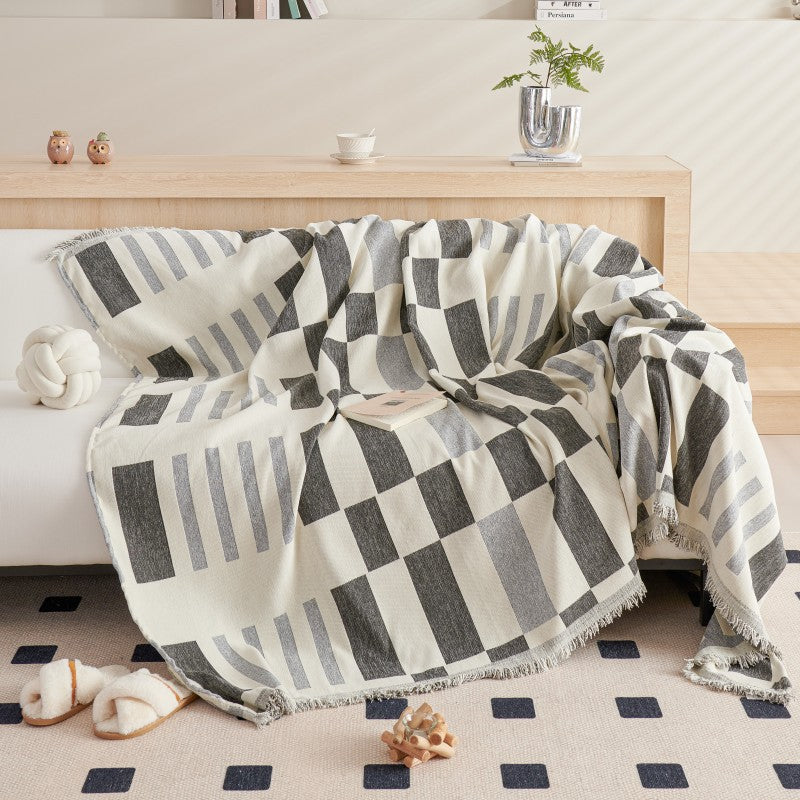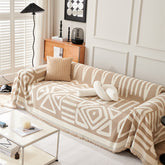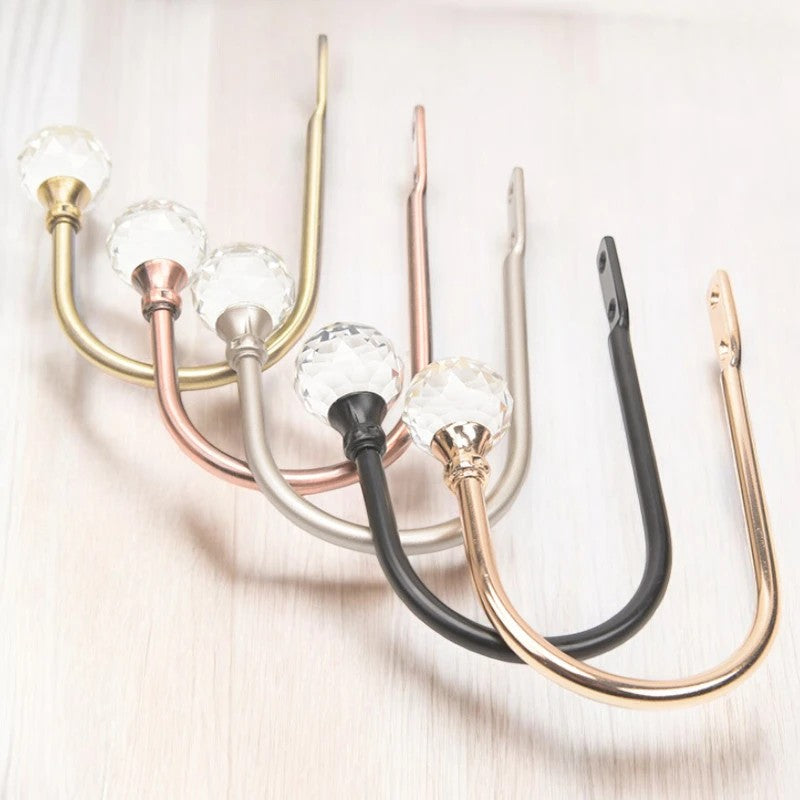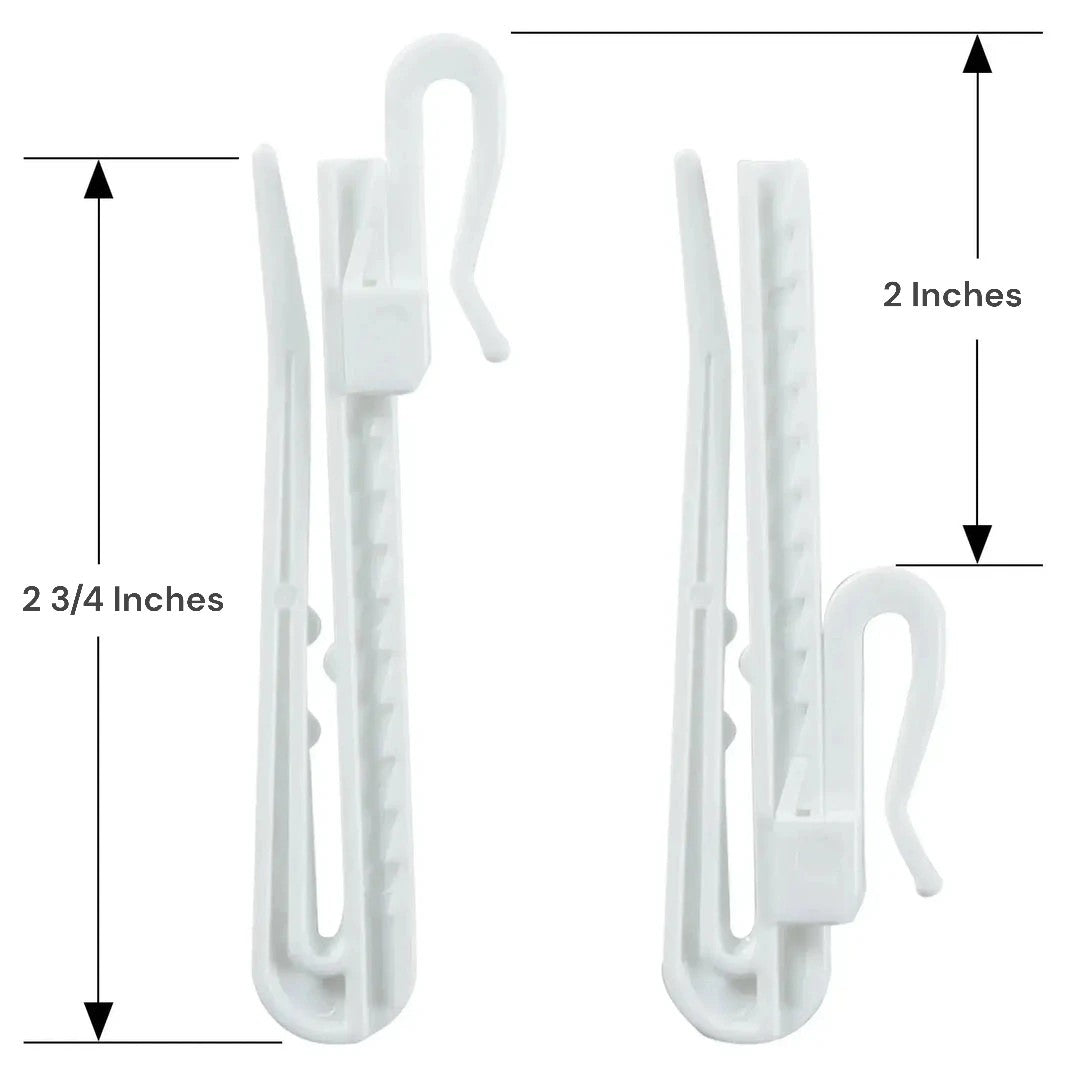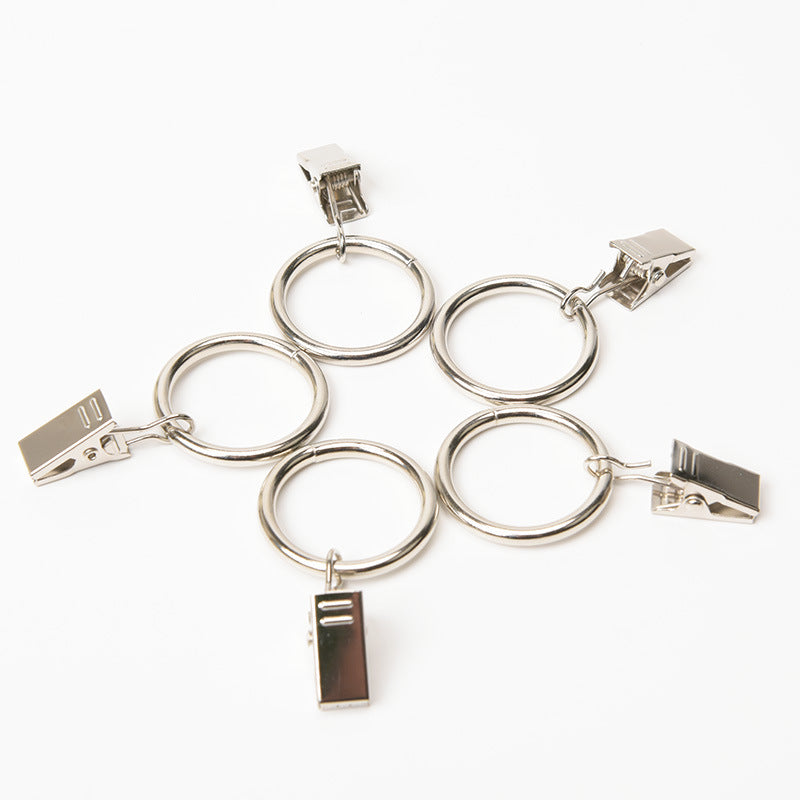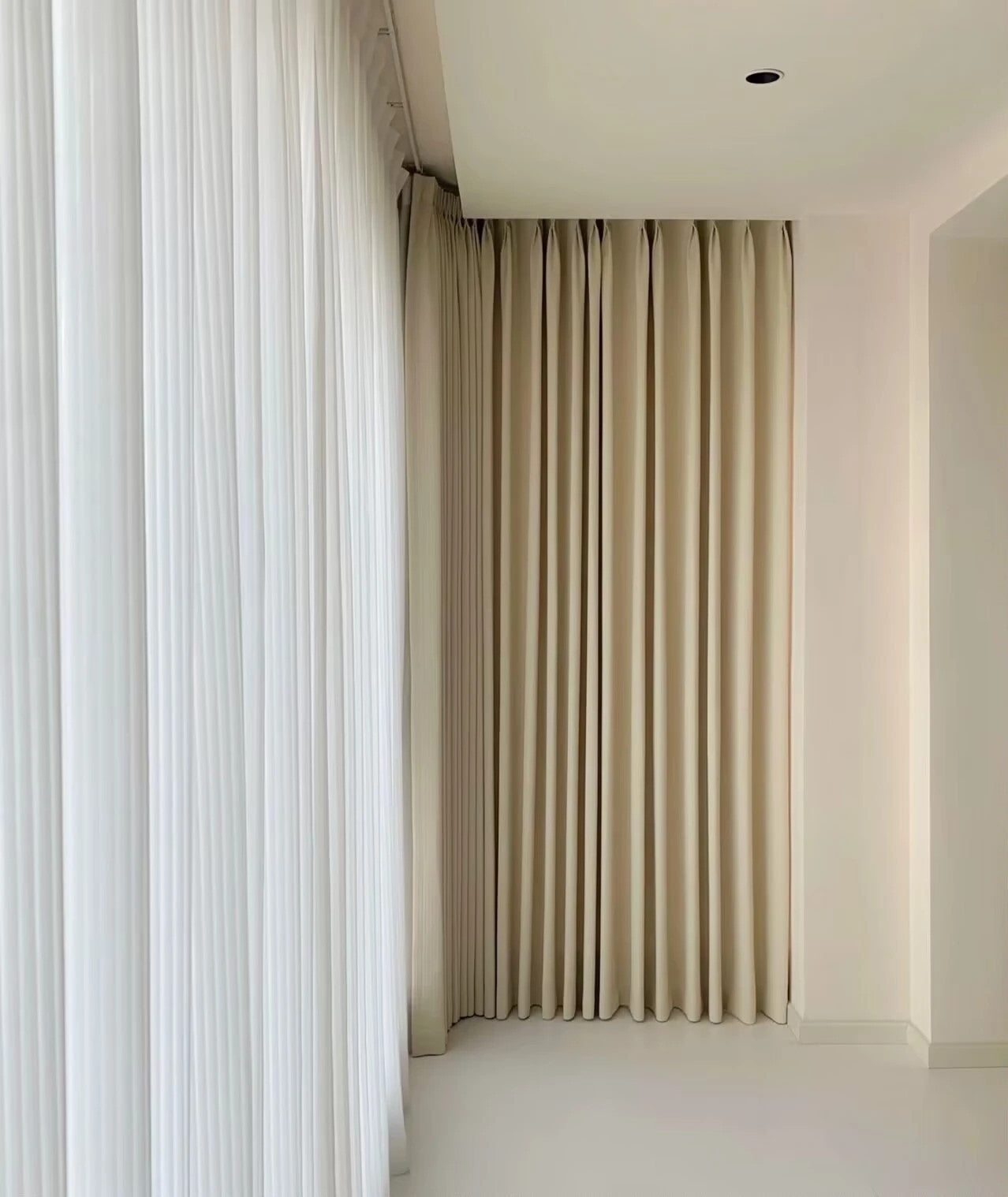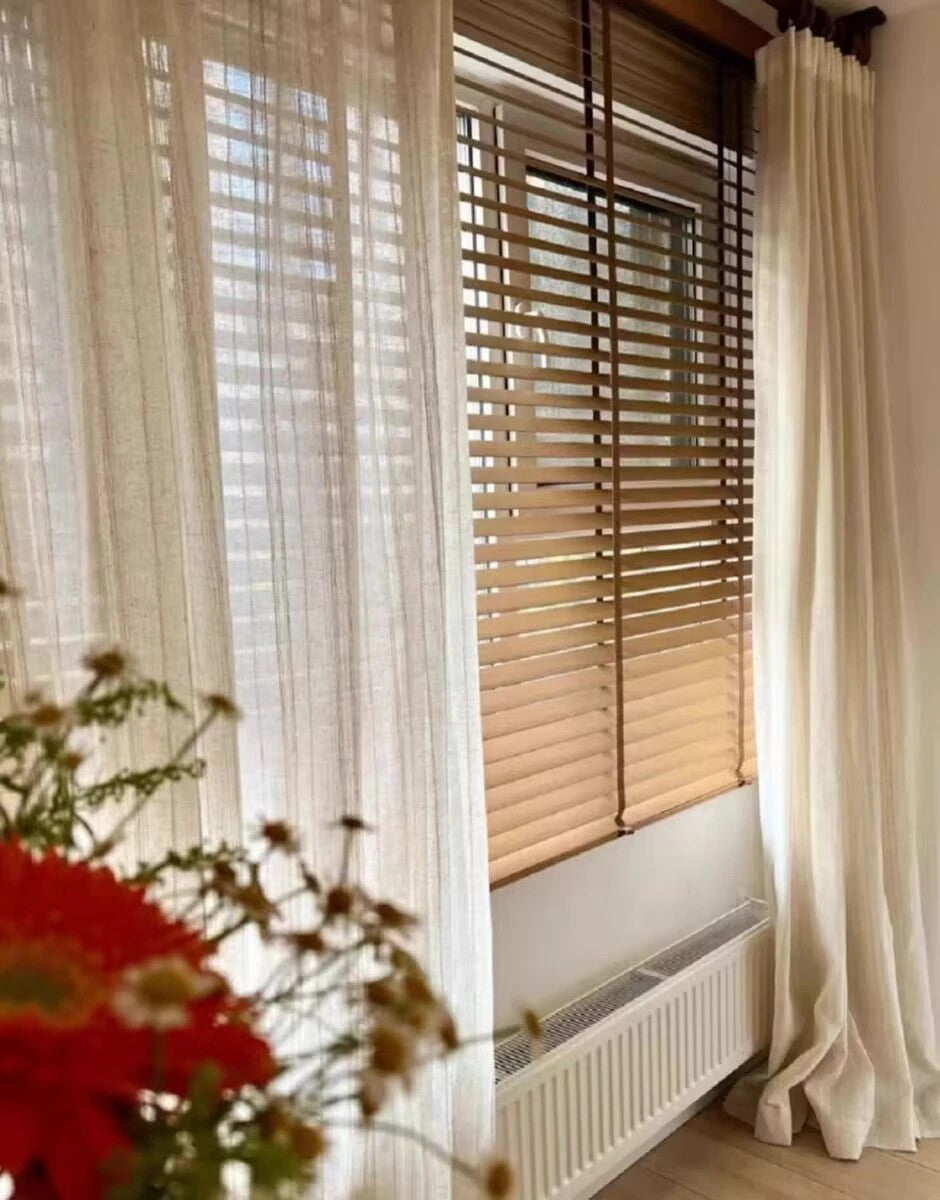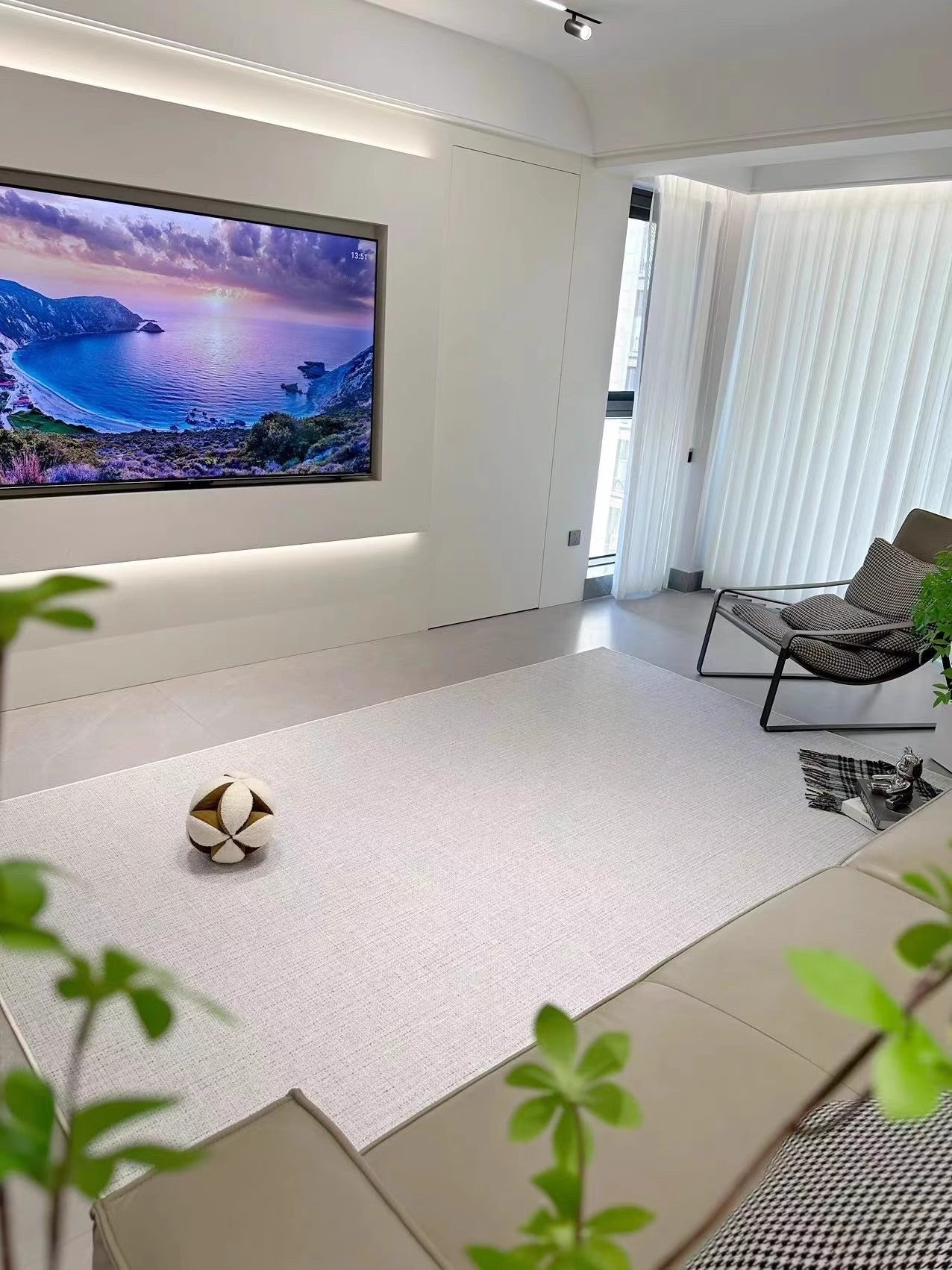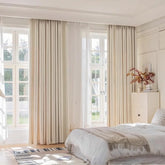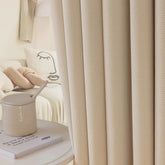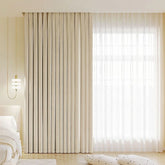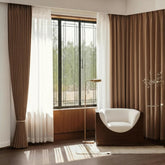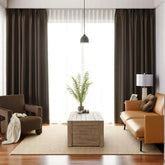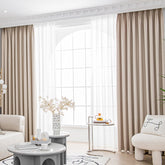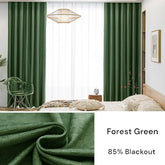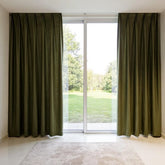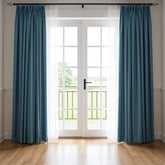Expert Tips to Effortlessly Match Curtains to Walls
Matching curtains to walls can significantly enhance your interior decor and create a stunning home makeover. When it comes to choosing curtains, there are several factors to consider to ensure a cohesive and stylish look in any room. From understanding the difference between curtains and drapes to selecting the right fabric, length, color, and pattern, each decision plays a crucial role in achieving the desired aesthetic.
Key Takeaways:
- Understanding the difference between curtains and drapes is essential for coordinating them with your wall colors.
- Choosing the right fabric for your curtains can enhance the overall coordination with your wall design and decor.
- Consider the ideal curtain length that complements your wall color scheme for a visually appealing look.
- Coordinating curtains and rugs helps create a cohesive and balanced atmosphere in the room.
- Experiment with mixing patterns and solids to add visual interest and create a harmonious curtain and wall decor coordination.
By following these expert tips and considering the various elements involved in matching curtains to walls, you can effortlessly transform the look and feel of your home. Whether you're aiming for a modern, traditional, or eclectic style, the right curtains can make all the difference in achieving a stunning and personalized interior decor.
Understanding the Difference Between Curtains and Drapes
Before delving into matching curtains to walls, it's essential to understand the difference between curtains and drapes. While both serve the purpose of covering windows, they have distinct characteristics that set them apart.
Curtains are typically made from lighter fabrics and are more casual in appearance. They offer privacy and varying levels of light control. On the other hand, drapes are made from heavier and more formal materials, such as velvet or silk. They provide better insulation and light-blocking capabilities, making them suitable for bedrooms or formal living areas.
When coordinating curtains and wall colors, it's important to consider the style and functionality you desire. Curtains tend to offer more versatility in terms of colors, patterns, and textures, allowing you to easily match them to your wall color. Drapes, on the other hand, often come in solid colors or subtle patterns that coordinate harmoniously with the wall color.
Coordinating Curtains and Wall Colors: Tips and Tricks
To achieve a cohesive look between your curtains and walls, consider these tips:
- Choose complementary colors: Select curtains that either match or complement the color of your walls. For example, if you have beige walls, opt for curtains in warm, earthy tones like cream or tan.
- Create contrast: If you prefer a bold look, choose curtains in a contrasting color to make them stand out against the walls. For instance, pair deep blue curtains with light gray walls for a striking visual impact.
- Consider patterns: Incorporating patterns can add depth and visual interest to your space. Match patterned curtains with a wall color that appears in the pattern or opt for a solid color that complements the overall color scheme.
By understanding the difference between curtains and drapes and following these tips, you can easily coordinate curtains and walls to create a visually pleasing and cohesive interior design. Remember to consider your personal style, the room's purpose, and the desired level of light control and privacy when making your curtain choices.
Expert Tip: Remember that curtains can significantly contribute to the overall ambiance of a room. Don't shy away from experimenting with colors, patterns, and textures to create a unique and personalized space.
| Highlight | Consider | Enhance |
|---|---|---|
| Curtains | Wall colors | Interior design |
| Functionality | Contrasting colors | Visual interest |
| Light control | Patterned curtains | Personal style |
Choosing the Right Fabric for Your Curtains
The fabric of your curtains plays a crucial role in designing a coordinated look with your walls. It not only affects the overall aesthetic appeal of the room but also determines the functionality and durability of your window treatments. When selecting the perfect fabric for your curtains, consider factors such as thickness, texture, and pattern.
Thicker fabrics like velvet or brocade can add a luxurious touch to your space and provide insulation, making them ideal for colder climates. On the other hand, lightweight fabrics such as linen or gauze can create an airy and breezy atmosphere, perfect for summery interiors. It is important to choose a fabric that complements the texture and color scheme of your walls.

To create a harmonious curtain and wall decor, consider the pattern of both elements. If your walls have a bold or busy pattern, opt for solid-colored curtains to balance it out.
Alternatively, if your walls are painted in a neutral or solid hue, you can experiment with patterned curtains to add visual interest. Remember to coordinate the colors of your curtains with the paint on your walls. Choose complementary or contrasting shades to create a cohesive and stylish look that enhances your overall decor.
Finding the Ideal Curtain Length
The length of your curtains can significantly impact how well they match your wall color and contribute to the overall aesthetic of the room. Choosing the right curtain length is crucial to achieve a balanced and visually pleasing look. Here are some expert tips to help you find the ideal curtain length that complements your wall color:
- Measure from the top of the curtain rod to the desired length of the curtains. Take into consideration any furniture or architectural elements below the windows that may affect the length.
- For a modern and sleek look, curtains that just touch or slightly skim the floor work best. This is also a great option if you have patterned or textured walls, as it allows the wall color to shine while still adding visual interest.
- If you prefer a more traditional and elegant look, opt for curtains that puddle on the floor. This luxurious style works well in formal dining rooms or bedrooms and adds a touch of sophistication to the space.
- In rooms with children or high traffic areas, it's recommended to choose curtains that hover just above the floor to avoid excessive dirt or wear and tear.
Remember to consider any existing window treatments, such as blinds or shades, when determining the ideal curtain length. Coordinating the length of your curtains with the wall color creates a harmonious and polished look that ties the room together.
"The length of your curtains plays a crucial role in how well they match your wall color and enhance the overall aesthetic of the room. By following these expert tips, you can easily find the perfect curtain length that complements your wall color and creates a visually pleasing atmosphere."
Table: Curtain Length Guide
| Curtain Length | Ideal for |
|---|---|
| Just touching or slightly skimming the floor | Modern and sleek look, patterned or textured walls |
| Puddling on the floor | Traditional and elegant look, formal dining rooms or bedrooms |
| Hovering just above the floor | Children's rooms or high traffic areas |
Coordinating Curtains and Rugs
Coordinating curtains and rugs can elevate the visual appeal of your room and add a sense of harmony to the overall design. When it comes to choosing curtains that complement your wall color, considering the rug in the space is essential. A well-coordinated combination of curtains and rugs can tie the room together and create a cohesive look.
To achieve a balanced and stylish look, start by selecting a rug that complements your wall color. Whether you opt for a bold pattern or a solid color, make sure it harmonizes with the overall color scheme of the room. Once you have your rug in place, choose curtains that either match the rug's color or complement it. This can create a visually pleasing connection between your curtains, rug, and walls.
Depending on the size of your room and the rug, you may choose to have your curtains slightly differ from the rug's color. For example, if your rug is a deep shade of navy blue, consider selecting curtains in a lighter shade of blue or a complementary color. This creates a subtle contrast while maintaining a cohesive color palette.
| Rug Color | Matching Curtain Color | Complementary Curtain Color |
|---|---|---|
| Neutral (Beige, Gray) | Beige, Gray, Cream | Soft Blue, Pale Green, Blush Pink |
| Blue | Blue, Navy, White | Gray, Cream, Soft Yellow |
| Green | Green, Olive, White | Navy, Tan, Mustard |

Remember, texture is also an important element when coordinating curtains and rugs. If you have a textured rug, consider pairing it with curtains that have a similar texture or a contrasting smooth fabric. This adds visual interest and depth to your space.
In conclusion, coordinating curtains and rugs is crucial for achieving a cohesive and visually appealing room design. By considering factors such as rug color, curtain color matching, and texture coordination, you can create a harmonious space that reflects your personal style and enhances the overall aesthetic of your home.
Mixing Patterns and Solids
Mixing patterns and solids in your curtains can add depth and visual appeal to your room's overall design scheme. By combining different patterns and textures, you can create a unique and stylish look that complements your wall color and decor. Here are some expert tips on how to choose curtains that perfectly coordinate with your wall color:
- Consider the scale: When mixing patterns, it's important to consider the scale of each design. Choose one dominant pattern as the focal point and pair it with smaller or more subtle patterns. This will prevent your curtains from overwhelming the room and create a balanced and harmonious look.
- Coordinate colors: When selecting patterned curtains, look for colors that are present in your wall color. This will create a cohesive and coordinated look. Alternatively, you can choose curtains in a complementary color to add contrast and visual interest.
- Vary textures: Experimenting with different textures can enhance the visual appeal of your curtains. Consider combining fabrics with different weights, such as a sheer curtain with a heavier drape. This will create dimension and add richness to your window treatments.
| Texture Tip | Example |
|---|---|
| Combine smooth and textured fabrics | "Mixing velvet curtains with a linen sheer creates an interesting contrast." |
| Experiment with patterned curtains | "Pairing a patterned curtain with a solid-colored wall can create a focal point in the room." |
| Consider the overall theme and style | "For a coastal-themed room, opt for sheer curtains that mimic the texture of ocean waves." |
Balance with solids: To avoid overwhelming your space, balance the patterns with solid-colored curtains or panels. This will provide a visual break and create a sense of harmony. Solid curtains can also help highlight the patterns and colors in your wall paint.
"Mixing patterns and solids in your curtains can add depth and visual appeal to your room's overall design scheme."
Creating a Stunning Look
When mixing patterns and solids, it's important to experiment and find a combination that complements your wall color and decor. Don't be afraid to be bold and incorporate patterns that reflect your personal style. Remember, the key is to create a cohesive and visually appealing look, while also considering the scale, color coordination, and texture variation.
By following these expert tips, you can effortlessly match curtains to walls and elevate the overall design of your room. Whether you prefer a subtle pattern or a bold statement, mixing patterns and solids will add personality and charm to your window treatments.
| Key Points: | Mixing patterns and solids in curtains adds depth and visual appeal. |
|---|---|
| Consider the scale of patterns and coordinate colors with your wall. | |
| Vary textures and balance with solid-colored curtains for a stunning look. |

Summary:
- Varying textures in curtains can create a visually captivating space that complements your wall color.
- Consider incorporating fabrics such as velvet, linen, silk, or sheers to add depth and dimension.
- Balance smooth walls with textured curtains and vice versa for a cohesive look.
- Mixing patterned curtains with solid walls can create a focal point in the room.
- Experiment with different combinations to find the right texture balance that suits your space.
Bringing It All Together
By following the expert tips and considering the various factors discussed, you can effortlessly match curtains to walls and achieve a beautiful and cohesive interior design. When it comes to curtains, it's important to understand the difference between curtains and drapes. Curtains are lighter and more casual, while drapes are heavier and more formal. This knowledge will help you choose the right window treatment for your room.
Another crucial aspect is selecting the right fabric for your curtains. Consider the overall design and decor of your room when choosing the fabric. If you have a traditional or formal style, opt for fabrics like silk or velvet. For a more casual and contemporary look, linen or cotton curtains work well. The fabric you choose can significantly impact the overall aesthetic of the room, so choose wisely.
When it comes to color and pattern choices, it's important to consider the existing wall color in your room. Curtains can either blend in with the wall color for a harmonious look or provide a striking contrast for a bolder statement. Mixing patterns with solids is a great way to add visual interest and create a balanced look. Varying textures in your curtains can also enhance the overall design and add depth to the room.
Finally, don't forget about the details. Choosing the right drapery hardware, such as rods, rings, and tiebacks, can add the perfect finishing touch to your curtains. Opt for hardware that matches the style and theme of your room. This attention to detail can elevate the entire look and ensure that your curtains and walls coordinate seamlessly.
| Wall Color | Ideal Curtain Color |
|---|---|
| Neutral (white, beige, gray) | Any color works well, but consider matching the undertones for a cohesive look |
| Warm (red, yellow, orange) | Earth tones, warm neutrals, or complementary colors |
| Cool (blue, green, purple) | Cool neutrals, pastel shades, or contrasting colors |
Remember, the goal is to create a cohesive and stylish look. Consider the overall theme and style of your room, as well as personal preferences, when selecting curtain colors and patterns. With these expert tips, you can effortlessly match curtains to walls and transform any room into a beautiful space that reflects your unique style.
Conclusion
Matching curtains to walls is a key element in creating a stylish and harmonious interior decor that reflects your personal style and enhances the ambiance of your home. When it comes to choosing curtains, there are several important factors to consider.
First, understanding the difference between curtains and drapes is crucial. Curtains are typically lighter and more casual, while drapes are heavier and more formal. By choosing the right option for your room, you can create a cohesive and balanced look.
The fabric of your curtains is another important consideration. It should not only complement your wall design but also enhance your overall decor. Select fabrics that vary in texture to add visual interest and depth to your space.
Color and pattern coordination between your curtains and walls can make a significant impact. Mixing patterns with solids can create a dynamic and visually appealing look, while choosing curtains that match or complement your wall color can create a sense of unity in the room.
Lastly, don't forget to pay attention to the details. The right drapery hardware, including rods, rings, and tiebacks, can add the perfect finishing touch and complete the overall look of your curtains. By considering all these factors, you can effortlessly match curtains to walls and create a space that is both functional and aesthetically pleasing.
In summary, by following these expert tips, you can transform your home with beautifully matched curtains and walls. Whether you're looking to make a bold statement or create a calming atmosphere, the right curtains can make all the difference. So take the time to consider your options and choose curtains that will enhance the look and feel of your space. Happy decorating!
FAQ
Q: What are some expert tips for matching curtains to walls?
A: Some expert tips for matching curtains to walls include considering curtain and wall color combinations, mixing patterns with solids, varying textures for visual interest, and choosing the right drapery hardware.
Q: What is the difference between curtains and drapes?
A: Curtains are typically made from lighter fabrics and are more casual, while drapes are made from heavier fabrics and are more formal. When coordinating curtains and wall colors, it's important to consider the difference between the two and choose the option that suits your style and the overall look you want to achieve.
Q: How do I choose the right fabric for my curtains?
A: When choosing the fabric for your curtains, consider factors such as the overall design and vibe of the room, the desired level of privacy and light control, and the maintenance requirements of the fabric. It's also important to ensure that the fabric complements your wall design and color scheme.
Q: What is the ideal curtain length for matching wall color?
A: The ideal curtain length for matching wall color depends on personal preference and the overall look you want to achieve. However, as a general guideline, curtains that slightly touch the floor or have a slight break at the bottom create a more sophisticated and visually appealing look.
Q: How can I coordinate curtains and rugs with wall paint?
A: To coordinate curtains and rugs with wall paint, consider the color palette and overall theme of the room. Choose curtains and rugs that complement the wall color, whether it's by matching the paint shade or opting for complementary or contrasting colors. This will help create a cohesive and harmonious look in the room.
Q: How do I mix patterns and solids when matching curtains and walls?
A: To mix patterns and solids when matching curtains and walls, start by choosing a dominant pattern or solid color for your curtains that complements your wall color. Then, select smaller patterns or solids in complementary colors to create visual interest and balance. Be sure to vary the scale of patterns for a harmonious look.
Q: Why is varying textures important when coordinating curtains with wall color?
A: Varying textures in curtains adds depth and visual interest to the room. It helps break up the monotony and creates a dynamic and layered look. Consider choosing curtains with different textures, such as velvet, linen, or sheer fabrics, to create contrast and enhance the overall aesthetic of the space.
Q: How do I choose the right drapery hardware for my curtains?
A: When choosing drapery hardware, consider the overall style and vibe of the room. Opt for hardware that complements the curtain fabric and color, as well as the wall color. Choose rods, rings, and tiebacks that enhance the overall look and functionality of the curtains while matching the room's decor.
Q: How can matching curtains to walls elevate my interior decor?
A: Matching curtains to walls can elevate your interior decor by creating a cohesive and stylish look in the room. It helps tie all the elements together and enhances the overall aesthetic. When curtains and walls complement each other, it creates a harmonious and visually appealing space.
Q: How do I bring together all the elements when matching curtains to walls?
A: To bring together all the elements when matching curtains to walls, consider factors such as curtain and wall color combinations, coordinating curtains with rugs and other decor items, mixing patterns and solids, varying textures, and choosing the right drapery hardware. By considering all these aspects, you can create a stunning and cohesive look in your home.
Q: Why is it important to match curtains to room walls?
A: Matching curtains to room walls is important as it helps complete the look of the space and brings everything together. When curtains and walls complement each other, it creates a harmonious and visually pleasing environment. Matching curtains to the room walls adds a touch of sophistication and elevates the overall interior decor.



